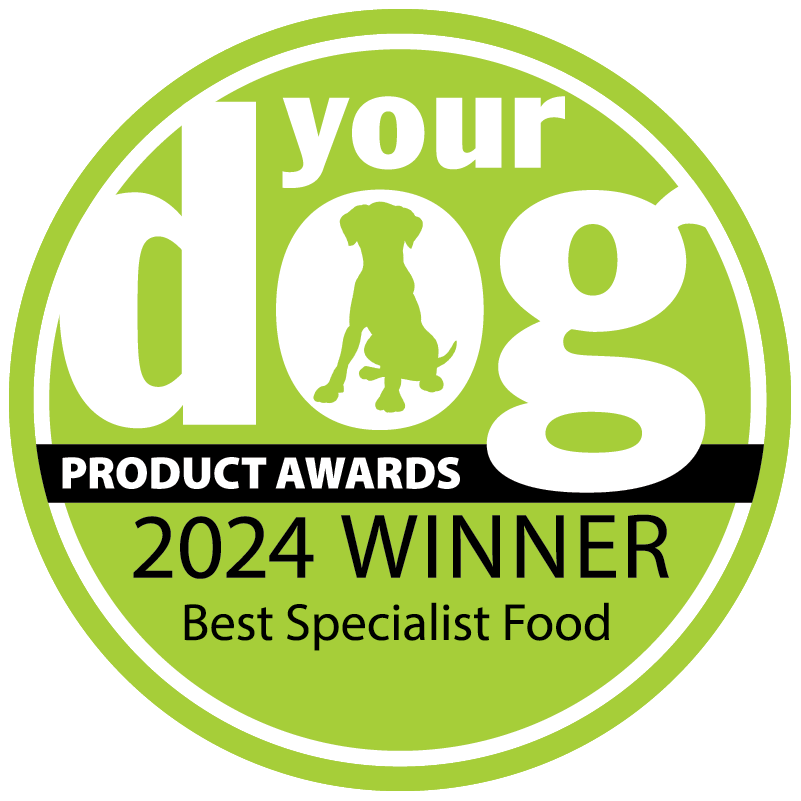
January 29, 2015
Essential fatty acids (EFAs)
Not all fats are bad and a good source of fatty acids is vital for a healthy body. Fatty acids that cannot be synthesised in the body are known as essential fatty acids or EFAs. For dogs and cats there are two types of essential omega fatty acids – Omega 3 and Omega 6.
Omega 6
There are two types of Omega 6 fatty acids, Linoleic and Arachidonic. Dogs require a diet which contains linoleic acid because they can produce arachidonic from this. Cats cannot convert linoleic to arachidonic acid and require a diet which can provide them with both of these fatty acids. Omega 6 is needed for normal brain function and growth and reproduction. It also has an important role in the synthesis of eicosanoids which are substances that have a similar action to hormones. A deficiency of Omega 6 can cause weight loss, eczema, hair loss, increased susceptibility to infections and problems with growth and reproduction.
Omega 6 sources
Linoleic acid comes mainly from nuts, seeds and plant oils e.g. corn (maize) oil and sunflower oil. It is also found in smaller amounts in animal fats including pork. Arachidonic acid is found in small amounts in animal fats.
Omega 3
There are three types of Omega 3 fatty acids. Alpha-Linolenic Acid (ALA), Eicosapentaenoic acid (EPA) and Docosahexaenoic acid (DHA).
Amongst many other functions EPA has an important role in reducing inflammation. Studies using EPA supplemented diets have shown mobility improvements in dogs with arthritis. DHA is essential for neurological health. It is needed for normal development of brain and nervous system and for auditory and visual development. Although recommended daily amounts are vague it appears that young and reproducing animals require higher levels of DHA than adult dogs and cats. DHA from a fish oil source has been shown to improve trainability in puppies (Kelley et al, 2004).
Omega 3 sources
ALA comes from plant sources including flaxseed, walnuts and pumpkin seeds. Dogs and cats can convert ALA into EPA but conversion to DHA is limited.
EPA and DHA are found principally in oily fish. However, new research shows marine algae are high in EPA and DHA and could be used as a more sustainable, less contaminated source. DHA is also found in much smaller amounts in fortified eggs (where the chickens have been fed a diet containing Omega 3) and in some meats.
Getting the balance of Omega 3 to 6 right is important as both are needed to maintain normal health. All Burns complete diets contain everything your pet needs, including EFAs, but a supplement may need to be considered for pets with inflammatory conditions such as skin disease or arthritis.







